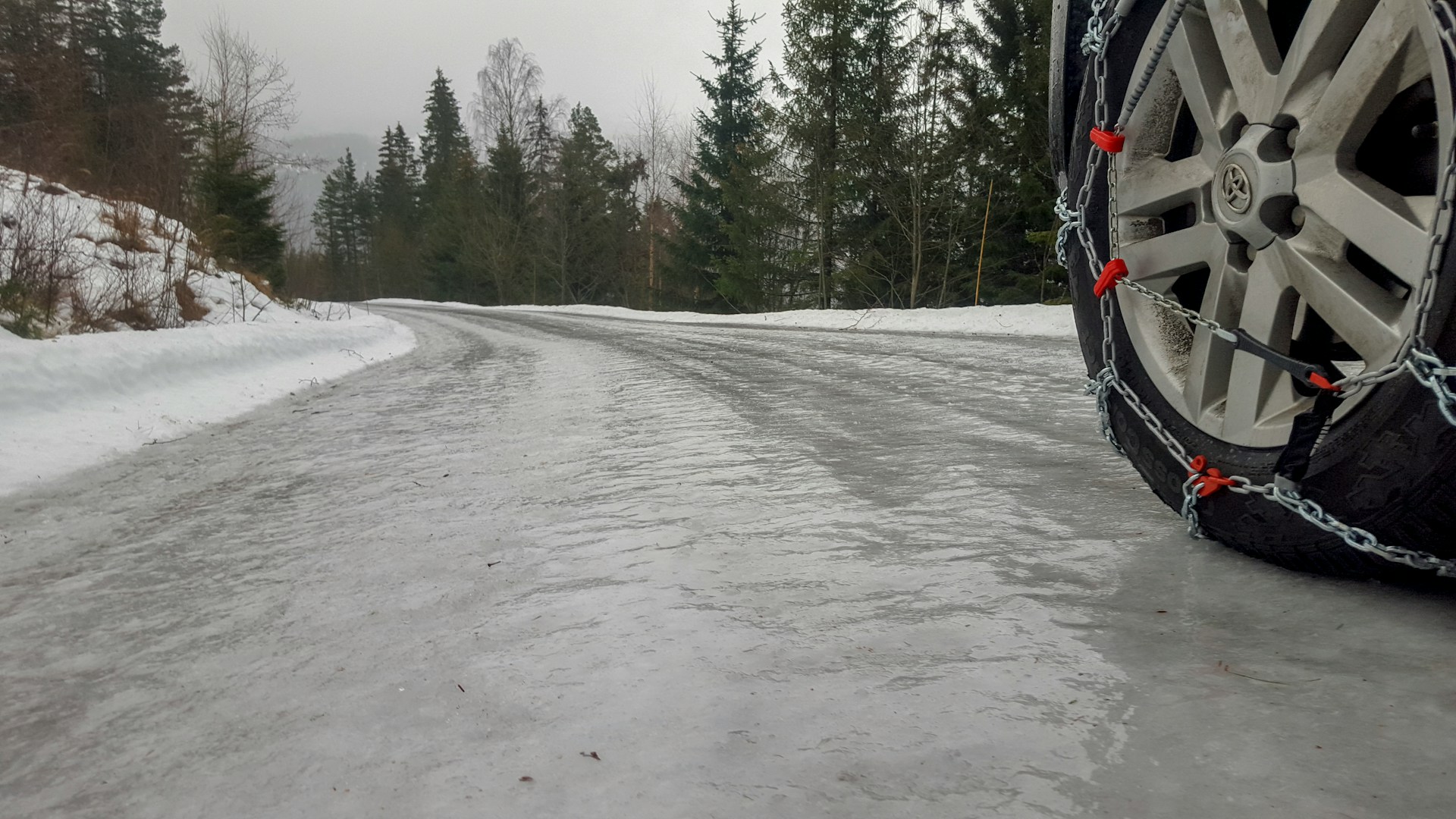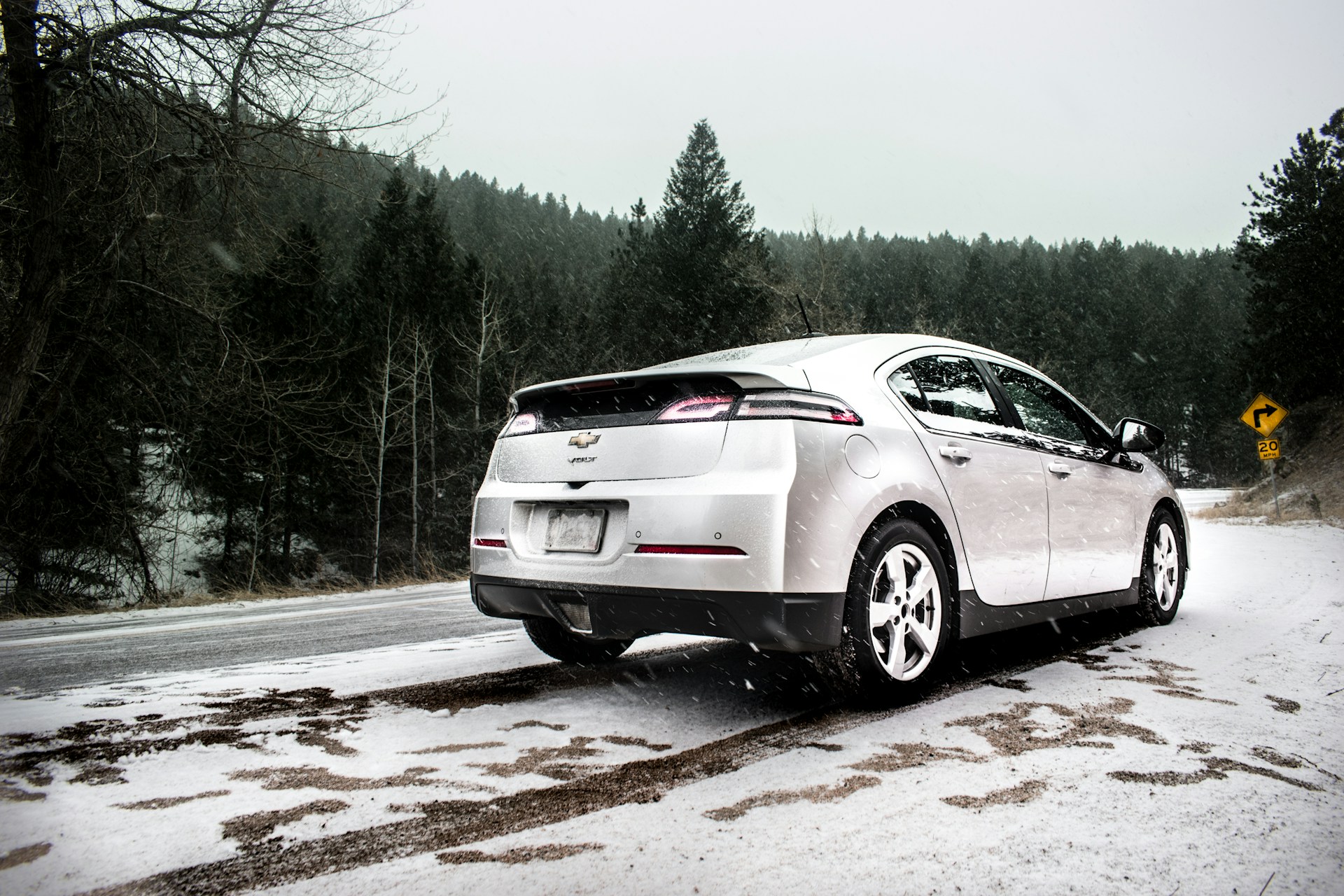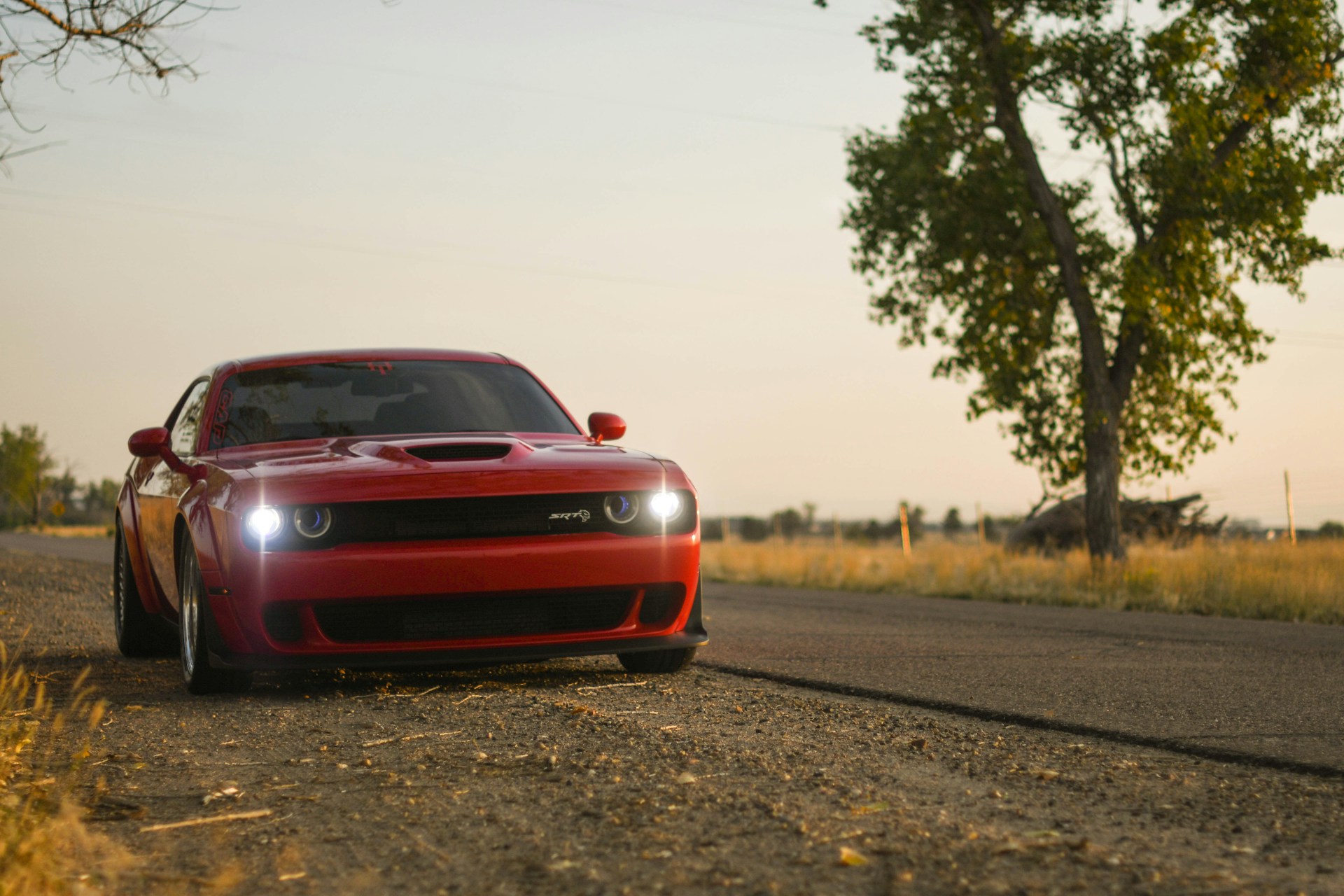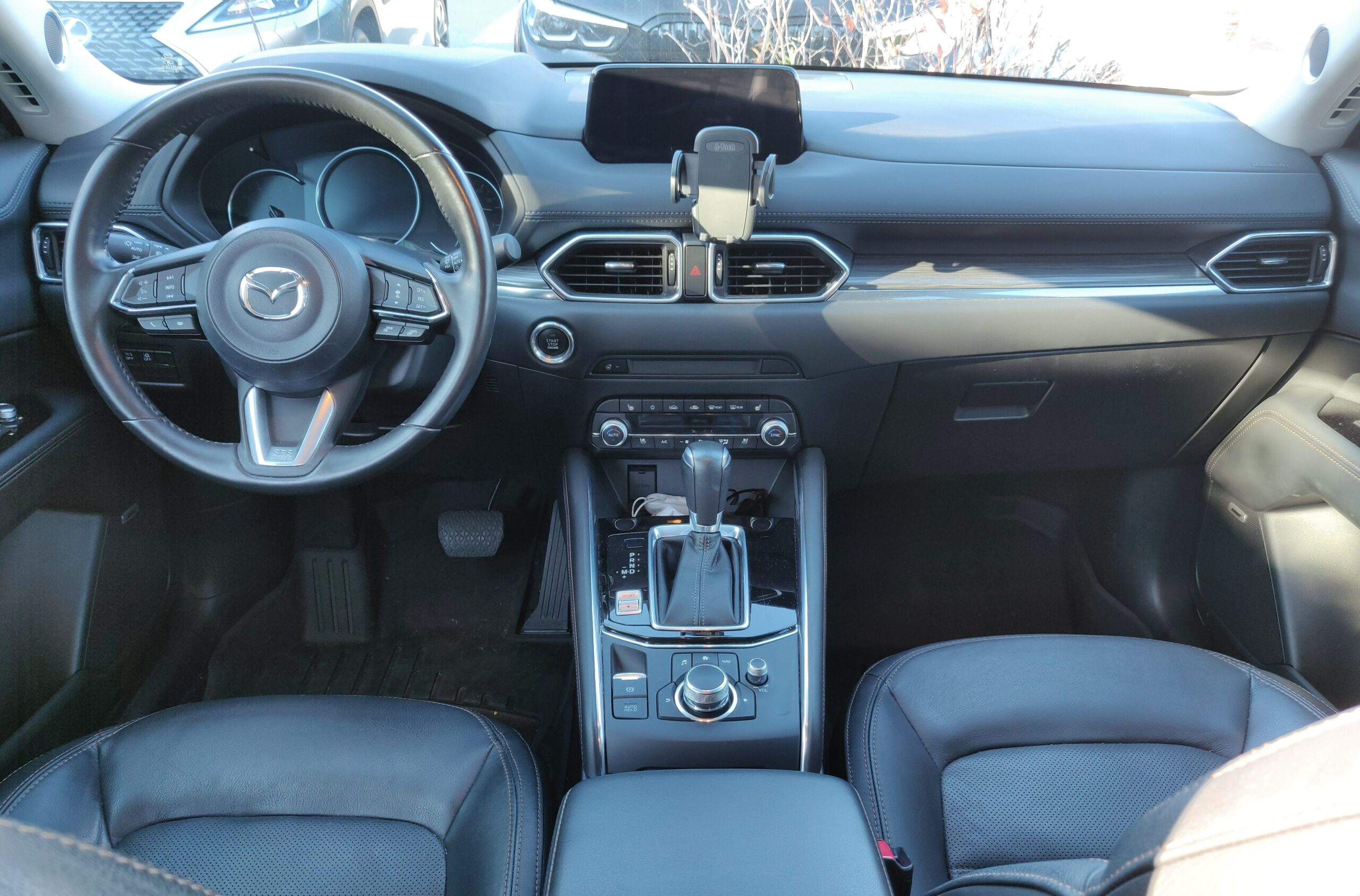Driving on icy roads can be one of the most challenging and nerve-wracking experiences for any motorist. Whether you’re facing a sudden freeze or navigating a snow-covered highway, understanding how to handle your car on ice is critical for your safety. Here’s a comprehensive guide to staying safe when the roads get treacherous.
Blog
The holiday season is in full swing, and for many of us, that means hitting the road to visit family, friends, or new destinations. Whether you’re traveling for a winter celebration, a New Year’s bash, or just to soak in the festive spirit, holiday road trips can be both exciting and stressful. Crowded highways, long drives, and last-minute surprises often come with the territory.
Fear not! With some clever planning and these road trip hacks, you can turn your holiday travel into a smooth, enjoyable adventure—one filled with memories instead of mayhem.
As we gather to celebrate Thanksgiving and reflect on the things we’re grateful for, let’s take a moment to appreciate something that plays a significant role in our lives: our cars. Whether it’s getting us to holiday dinners, picking up last-minute groceries, or chauffeuring loved ones to and from gatherings, our vehicles—and the innovations that make them more comfortable and safe—deserve a round of applause.
Here are a few automotive advancements we’re especially thankful for this year:
Heated seats have become a hallmark of comfort in modern vehicles, but their journey from luxury to everyday convenience is as fascinating as it is innovative. From their origins as a novel luxury feature to their integration with cutting-edge technology, heated seats offer a glimpse into how automotive design continually adapts to enhance driver and passenger comfort.
When thinking about owning a car, the obvious expense that comes to mind is gas. While it’s one of the more visible costs, it’s far from the only one. In fact, the real cost of car ownership extends well beyond filling up the tank. For those new to car ownership or thinking about buying their first car, it’s essential to be aware of the full range of expenses that come with it. Understanding these costs can help you make smarter financial decisions, avoid unpleasant surprises, and take better care of your vehicle in the long run.
Let’s break down some of the commonly overlooked expenses of car ownership.




